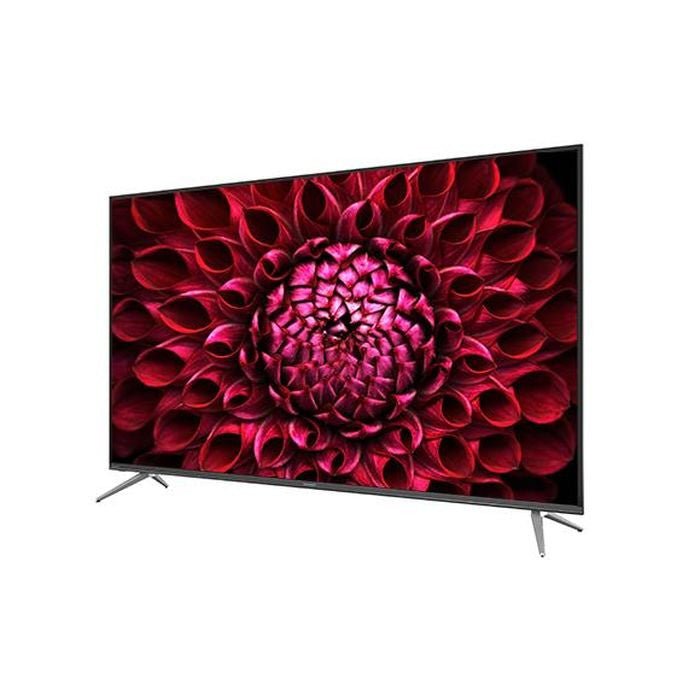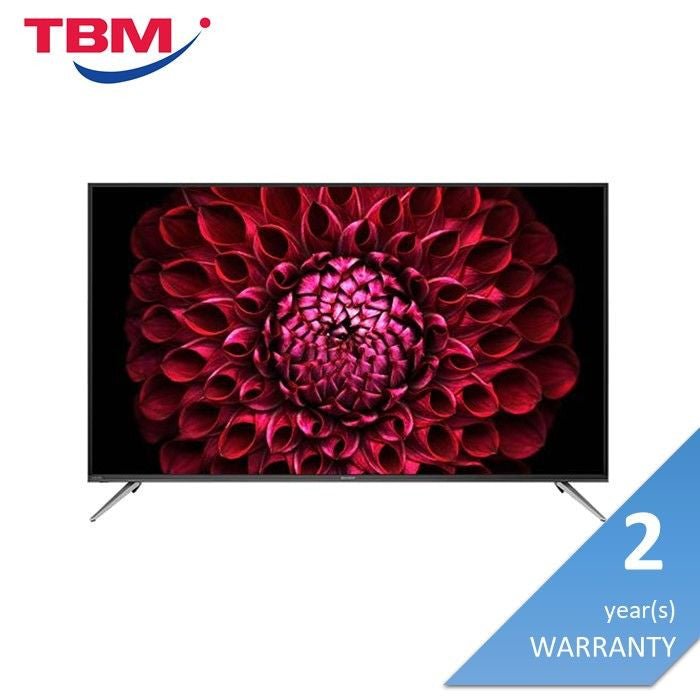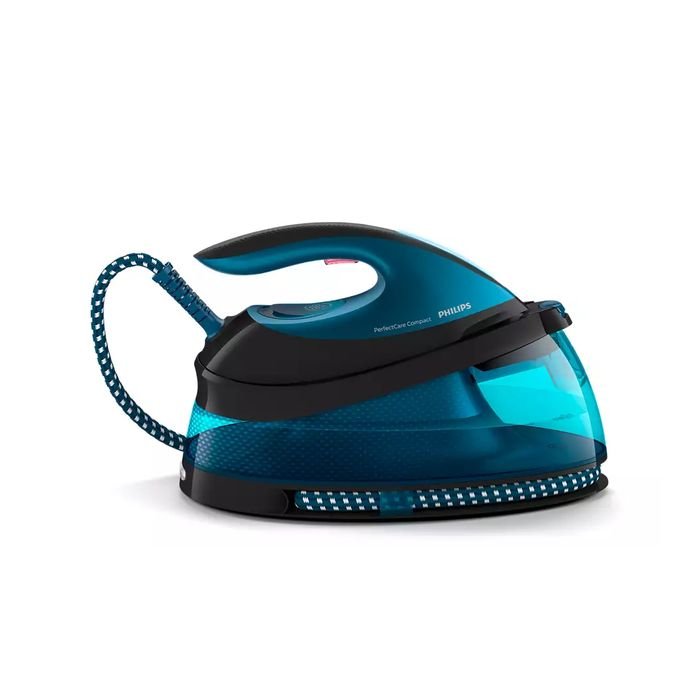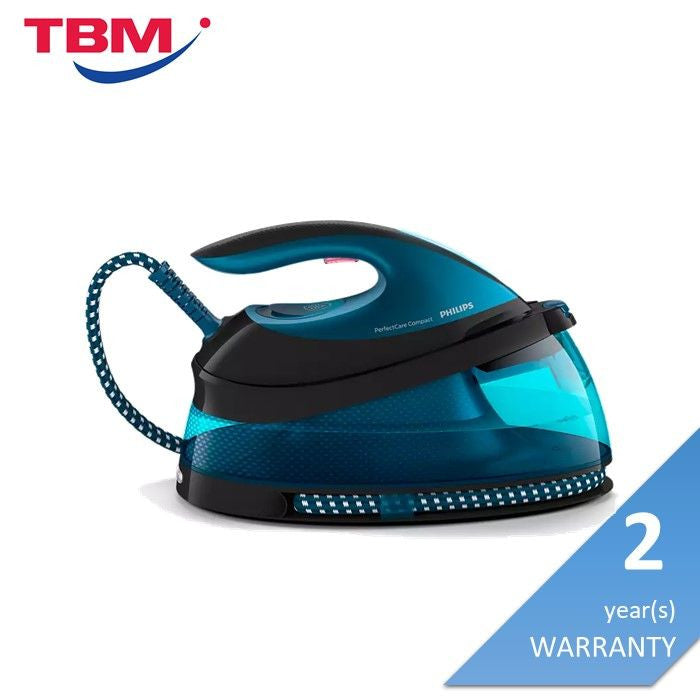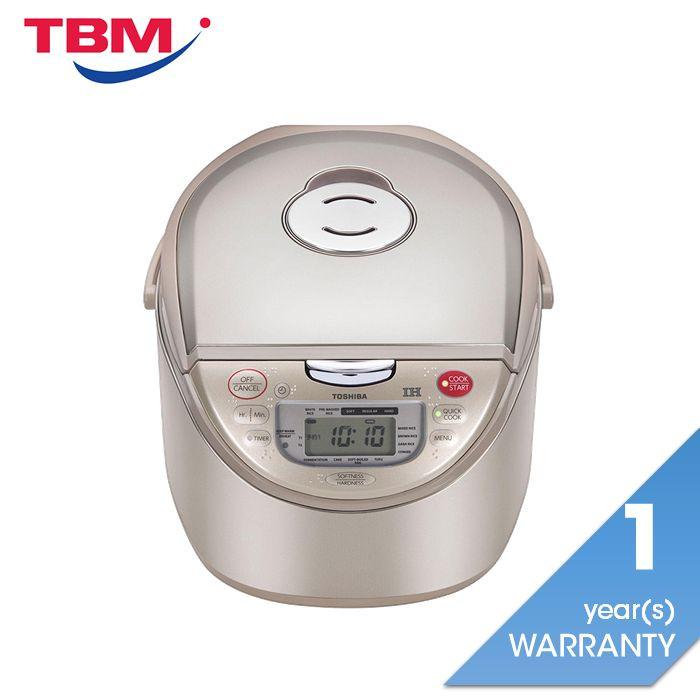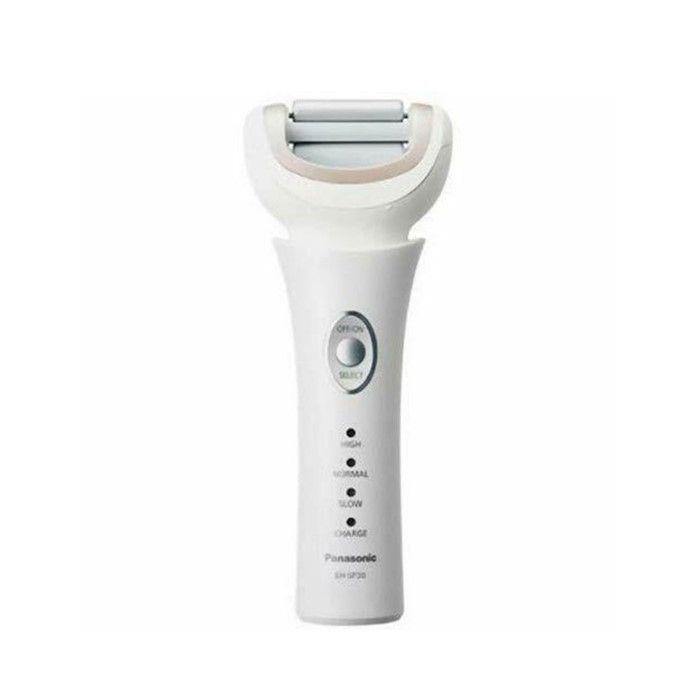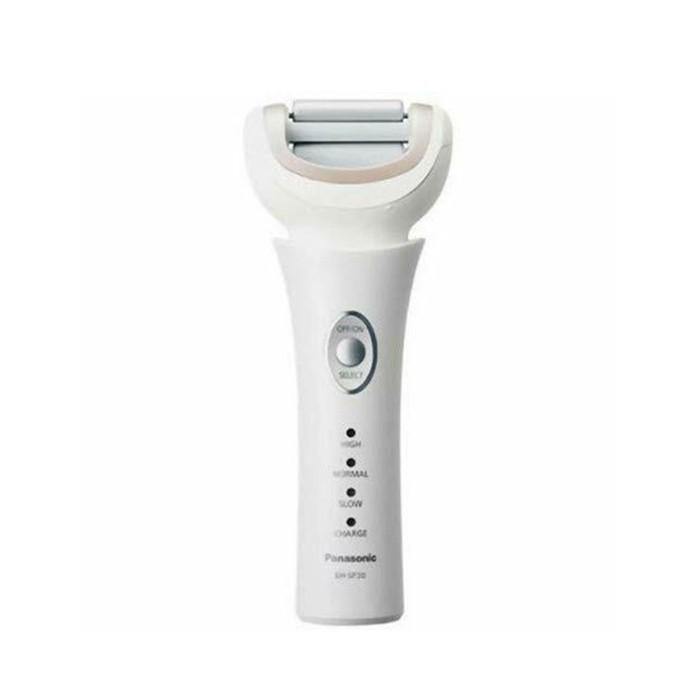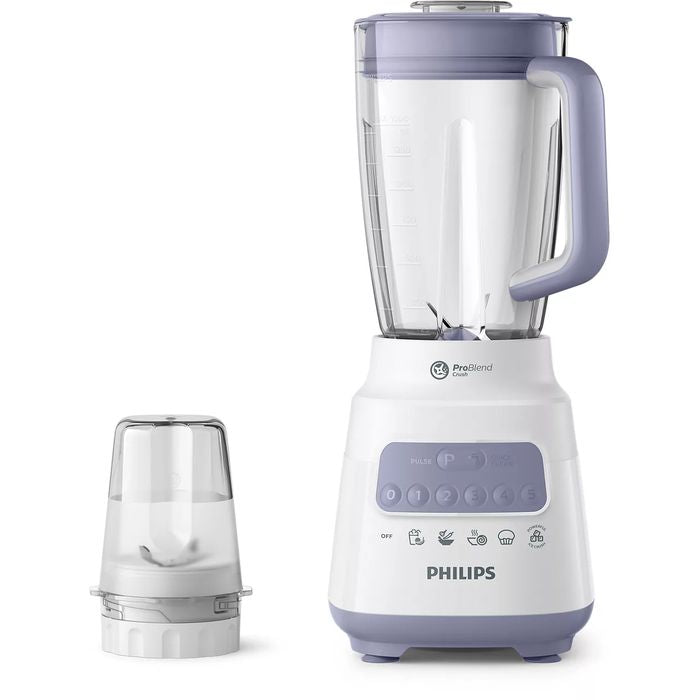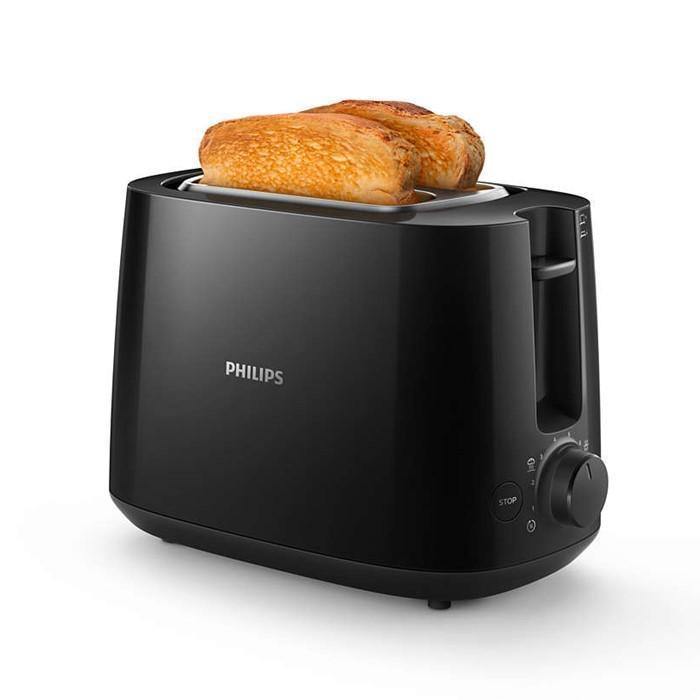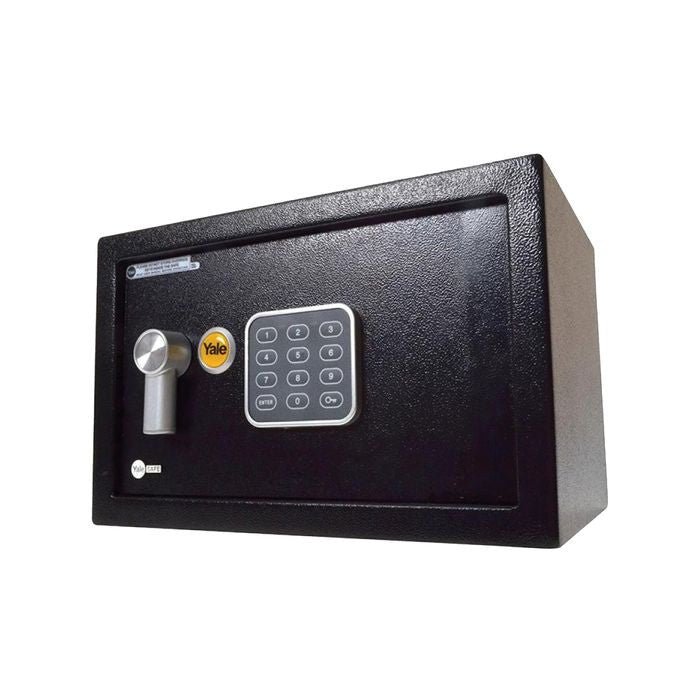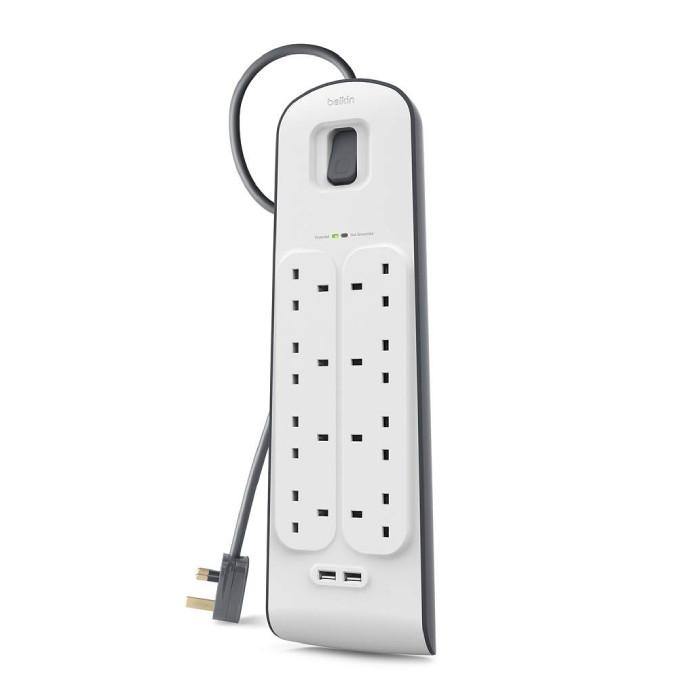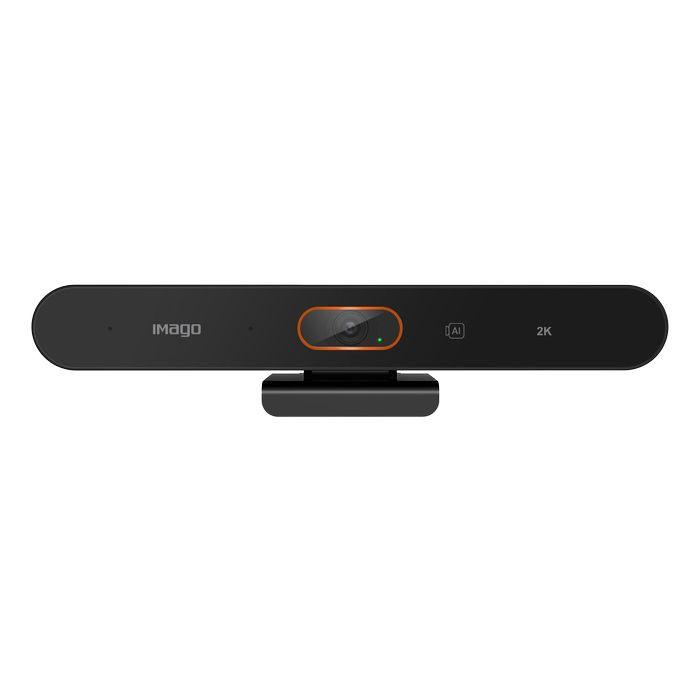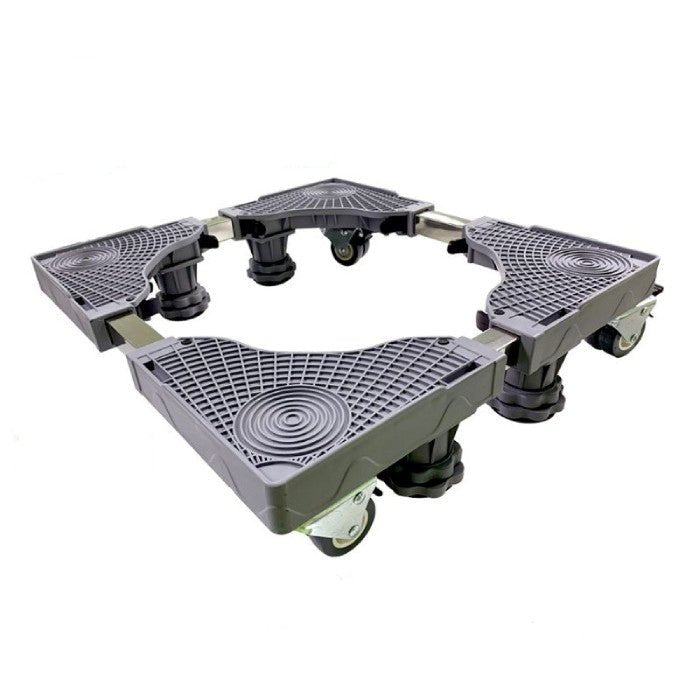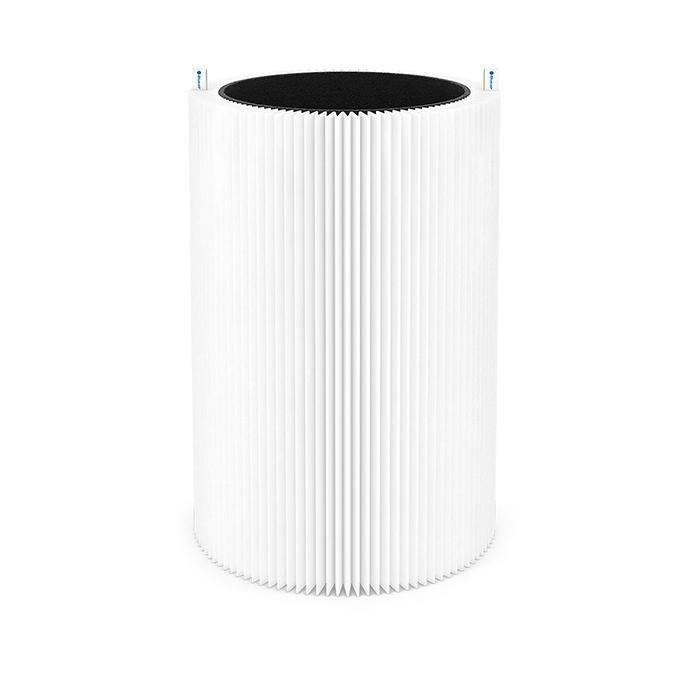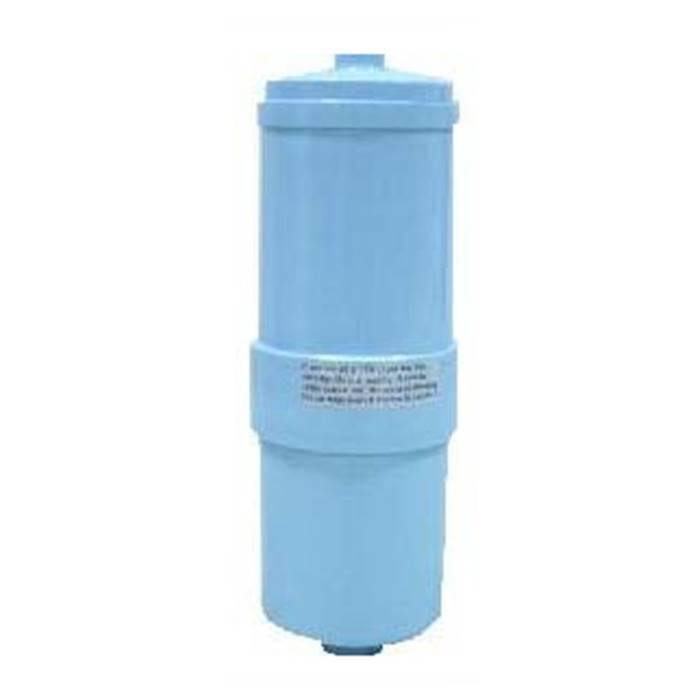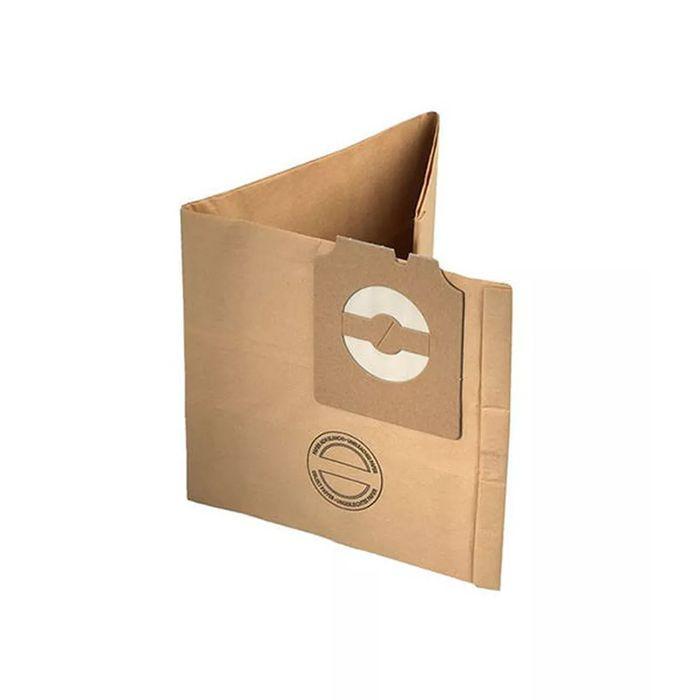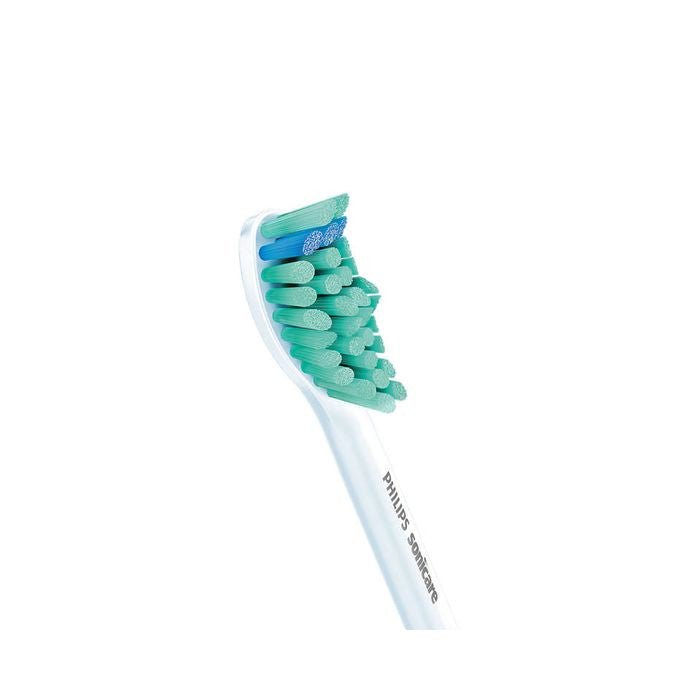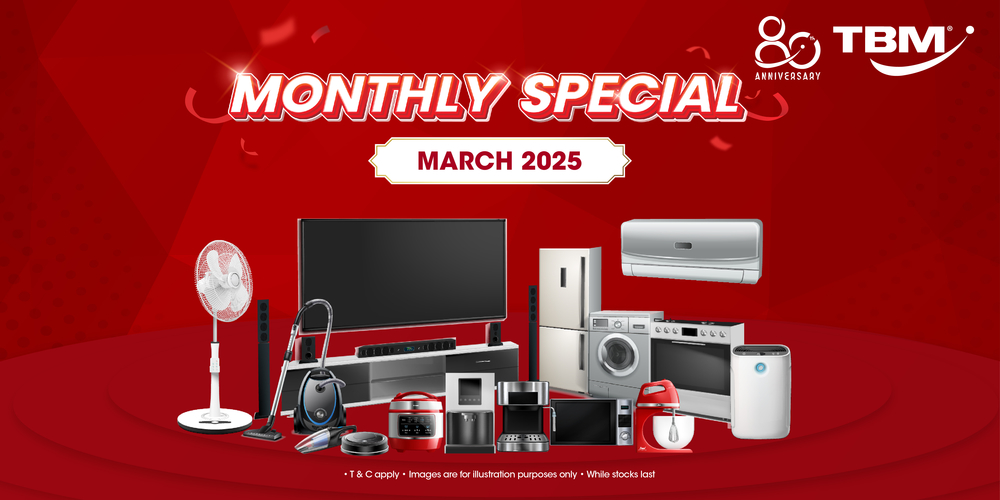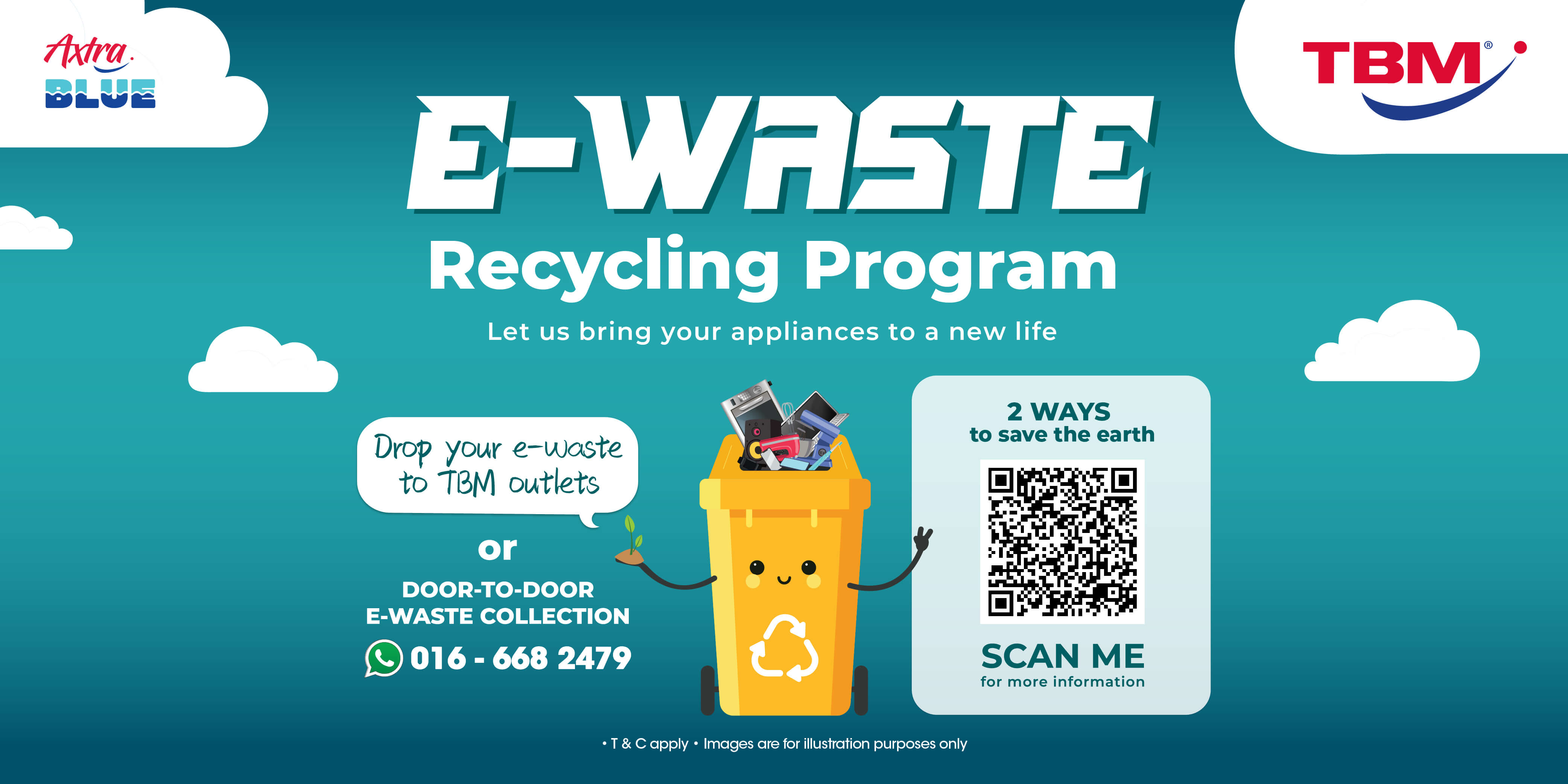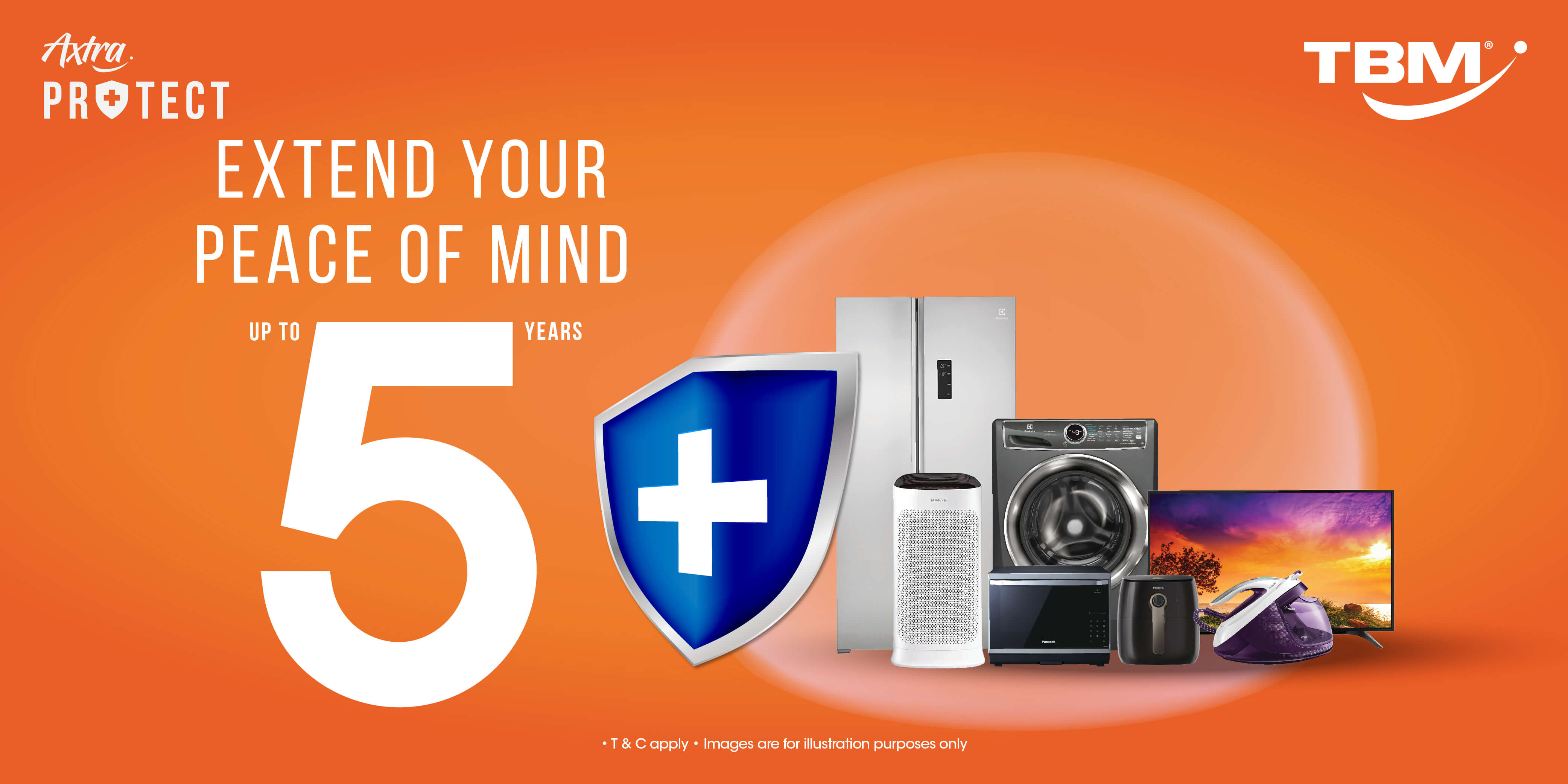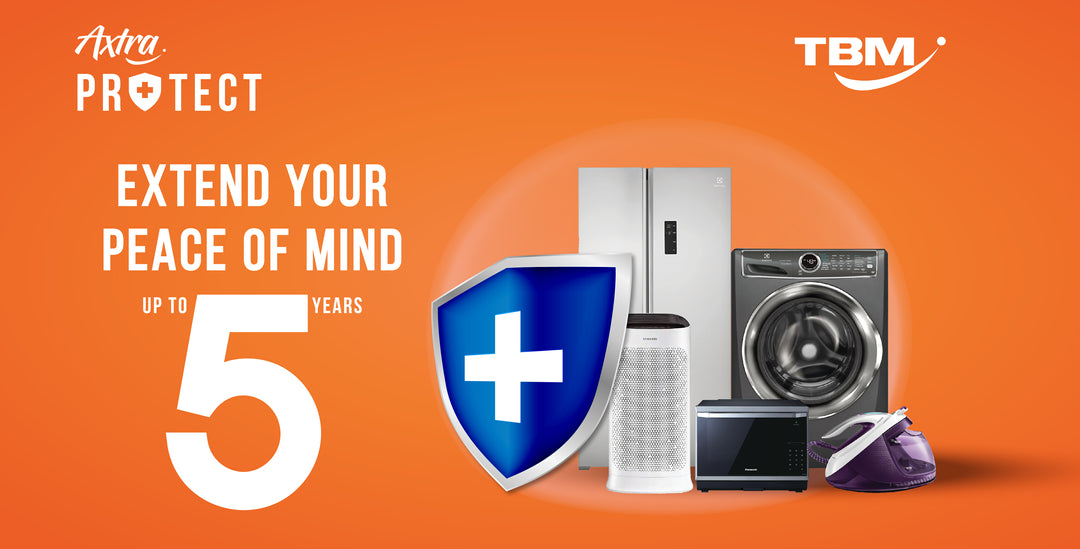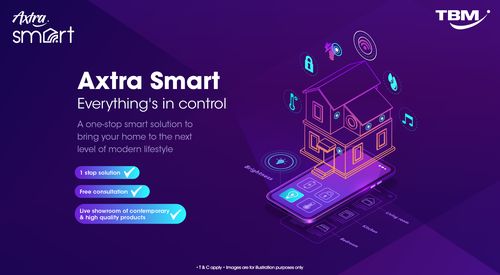Blenders
A) Types of blenders
B) Things to consider when purchasing
C) Features & Benefits
D) Warranty
A) Types of Blenders
| Type | Description | Product Image |
| Single-serve blender |
|
|
| Full-size blender |
|
|
| Hand blender |
- A replacement for mixer or food processor when you want to combine smaller quantities of food
|
|
| Frozen drink maker |
|
|
| Food Processor |
|
|
| Grinder/Mixer grinder |
|
|
B) Things to know when purchasing
- Blenders mix all ingredients together by demolishing them
- Usually used for food that needs to be broken down or mixed together such as smoothies, frozen concoctions, soups and other food
- All original ingredients retain in the finished product when using a blender
C) Features & Benefits
- Power (measured in wattage)
- The more powerful it is, the easier it can tackle harder food or ice cubes
- Hand mixers or low-powered mixers start at 200 watts
- If you try to crush hard food in an under-powered unit, the motor will burn out
- Speeds
- Multiple speeds are preferable for blending a variety of food
- Variable speeds are good for fine-tuning mixtures
- Pulse function is good to crush hard items. It allows ingredients to settle before chopping them
- Cleaning
- Flat touchpad controls are easier to cleanup
- Many models have dishwasher-safe pitcher and removable blades
- Construction
- Machine
- Solid, durable materials as well as rubber feet help keep your machine stable while it operates
- Pitcher
- Glass, metal, high-grade plastic pitchers are more durable
- Opt for scratch-resistant and BPA free pitchers if yu prefer lightweight-plastic material
- Cover
- Make sure that it has a tight seal to avoid sticky mess
- Blade
- Ensure that it is stainless steel for long lasting use
- Safety lock
- Most blenders come with a safety lock to ensure that the jug is securely locked before it can be used
- Addition of water
- Most blenders require addition of water to the ingredients to operate. Refer to instruction manual
D) Warranty
- Consumer grade blenders are not advisable for commercial use. Long or heavy usage in commercial environment may cause the motor to break down easily. In such cases, the manufacturer warranty of the product may be deemed void.




